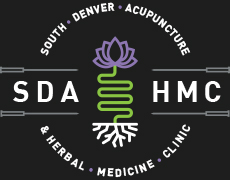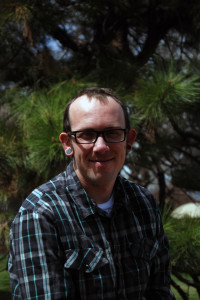
A large part of the diagnostic and treatment framework within traditional Chinese medicine centers around a concept called the Five Elements or sometimes the Five Phases. This refers to 5 separate but interconnected concepts that work together to explain how the body, health and environment work. Most people are familiar with the idea of Yin and Yang in Chinese medicine and culture, to represent opposite but connected and interdependent concepts, ideas, or substances, but the 5 phases goes a little further to explain deeper relationships.
The five elements or phases are Fire, Earth, Metal, Water and Wood. Each of these elements has a series of correspondences that are associated with a given element. Each element will have an associated pair of organs, tissues, tastes, smells, seasons, sounds, emotions, environments and color that goes with it. For example, as we are currently in the Fall, Which means we are in the Metal Phase of the year. The Metal Element is associated with the Lungs and Large Intestine Organs, is associated with the color white, a weeping or whining sound, a rotten smell, the emotions of worry, sorrow and sadness, a pungent flavor, the skin, the nose, and dry climates.
How the Five Elements keep balance
Each of the Five Elements both supports and keeps a check or balance on another element. Each of the elements will in it’s own way be considered a mother and a child, meaning that it “mothers” or supports and nourishes another element, while at the same time it is a “child” being supported and nourished by a different element. Additionally, each element will “control” or keep an eye on another organ to keep it from acting out, while at the same time, it is itself being controlled by a different element. If all of the elements and their associated organs are healthy and in balance, then we should have good health. When they become out of balance, it can be because one or more of the elements is over or under active, or if an element is over controlling, or rebelling and refusing control. When this happens, we can start to develop symptoms and problems with or health.
Acupuncturist and Chinese Herbalists will use the concepts of the five elements to get an idea of what the relationship amongst the organs currently is, and how to improve or change its dynamics. Each of the acupuncture points and herbs will also have associated elements are organs, and these concepts can be useful when selecting acupuncture points and herbs to help with treating a specific condition. Some forms of acupuncture, called 5 Element acupuncture, work exclusively with this concept on a deep level to diagnose and treat problems, while other styles use it as a diagnostic framework in addition to other diagnostic methods.
Incorporating the Five Element philosophy in daily life
The Five Elements are not just for acupuncture treatment though, we can use them in our daily lives as we move through the seasons. There is a big emphasis on eating within the five phases and shoring up against the coming phases. This means that as the seasons change, the types of food and cooking that we are eating should be in line with the season we are in. Certain foods and cooking styles will produce better health than one for a different season. For example, in the winter time, we should eat more warm nourishing slow cooked foods like soups and stews, which makes sense as winter is generally thought of as a time for rest and renewal. While in the summer time, hot spicy and quickly cooked or stir fried foods are considered best, as spicy foods
correspond to summer and the spicy foods will bring the body temperature closer to the environmental heat through a little sweating, letting us cool off a bit.
Additionally, we can perform activities and eat certain foods to help us with the upcoming seasons. Fall is generally a dry time of year, and this dryness can affect the lungs and the skin. At the end of the summer or the beginning of the fall, we can eat certain types of moistening foods that can help to prevent this dryness from occurring or getting worse so it can’t get a foot hold.
While the five elements are used frequently for medicinal concepts, they were originally developed as a way to observe and be in harmony with nature and the environment. Traditional Chinese medicine places an emphasis on the idea of the microcosm within the macrocosm, meaning that our body is a small world unto itself, but it is still part of the larger world. As the larger world around us turns and changes, so will our own internal world. By trying to keep in line and in balance with the world around us through watching our activities at certain times, we can achieve greater health and wellness and prevent potential problems from occuring.


